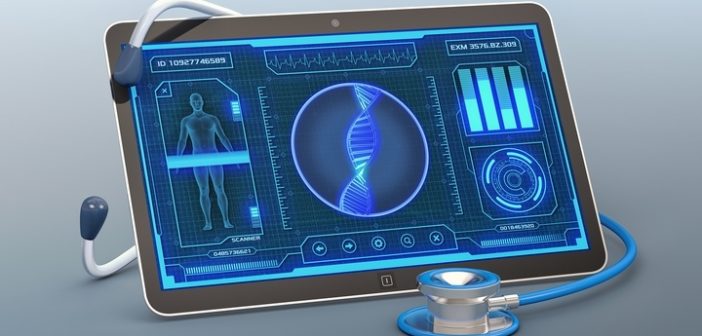The Internet gives us instant access to a wealth of information on different topics. This is generally a good thing, but if you have already tried to self-diagnose a health issue by searching for information online, you know it can have different downsides.
Fortunately, telemedicine is there for those who are living far from the hospital, or have such busy schedules that they can’t seem to find the time to go visit their doctor. As long as you have a computer or a mobile device, and access to the Internet, you can use this convenient remote healthcare service.
If you have already asked yourself questions such as “How does telemedicine work?”, and “Is it really possible to get a reliable diagnosis without seeing a doctor in person?”, this guide is for you.
1. Telemedicine is not convenient for all medical conditions

While telemedicine is a very convenient way to receive healthcare services, it’s simply not an option if you are struggling with a life-threatening condition. However, if you have a minor health issue such as a cold, a headache, a cough, or some stomach pain, telemedicine is a good alternative to going to the hospital.
Telemedicine is also perfect if you simply need your doctor to renew a prescription, if your surgeon wants to provide you with routine checks after a surgery, if there is no hospital or clinic in your area, or if you are not able to leave your home because of the weather.
2. There are many telemedicine providers to choose from

Telemedicine services can be provided online, or through the phone. This means that if you have a computer or a smartphone, you can choose a telemedicine provider and consult with a doctor without needing to leave your home or your workplace.
You might need to download an app, or simply to visit a website or to call a toll-free number. Be sure to choose a telemedicine provider that works well for you, as some of them will bill you for each virtual visit, while others will charge a monthly subscription fee for their services.
Keep in mind you can also use telemedicine on behalf of your child, or someone you are responsible for.
3. Patients need to complete a profile and to request a virtual visit

Before you can consult with a doctor, you will need to complete your profile with information such as your name, your age, your contact information, and a brief medical history.
You will then have to request a virtual visit with a doctor, and to describe your medical condition, or the reason why you want to speak with a healthcare professional. The doctor will then either accept your request right away, or schedule a virtual visit in the future.
4. There are different ways to get in touch with a doctor

Video chat is a convenient way to talk with a doctor and get a diagnosis, but it’s not the only way you can get in touch with a doctor through telemedicine. You can talk to a doctor on the phone, or through text messages.
If you are home alone, video chat will probably be ideal, but if you are in a situation where it’s impossible to talk about your medical condition in private, text messages will be a better alternative.
No matter which way you choose to get in touch with a doctor, you might be asked to provide photos of your issue.
5. The doctor provides the patient with a diagnosis

The doctor will ask you questions about the issue that is troubling you, and will answer your questions as well. If you are on the phone or talking through text messages, you will be asked to provide photos if you have a rash or an infected bug bite.
The doctor will then provide you with a diagnosis, and with a prescription if you need to take some medication.
Of course, the doctor will also help you determine whether you should go to the hospital or not, so if you are unsure, using telemedicine could help you avoid an unnecessary trip to the ER.
6. The patient receives a summary of the virtual visit

After your virtual visit, you will receive a summary that will contain the reason for the visit, the contact information of the doctor you spoke with, your diagnosis, your prescription, and your recommended treatment.
Even though telemedicine is not free, it can help you save some money and some time. You will definitely enjoy the convenience of being able to speak with a doctor while you are on your lunch break, or while you have a headache that makes it difficult for you to get out of bed.
If you have a chronic condition that requires you to visit a doctor regularly to renew your prescriptions, telemedicine will probably make your life a lot easier.




